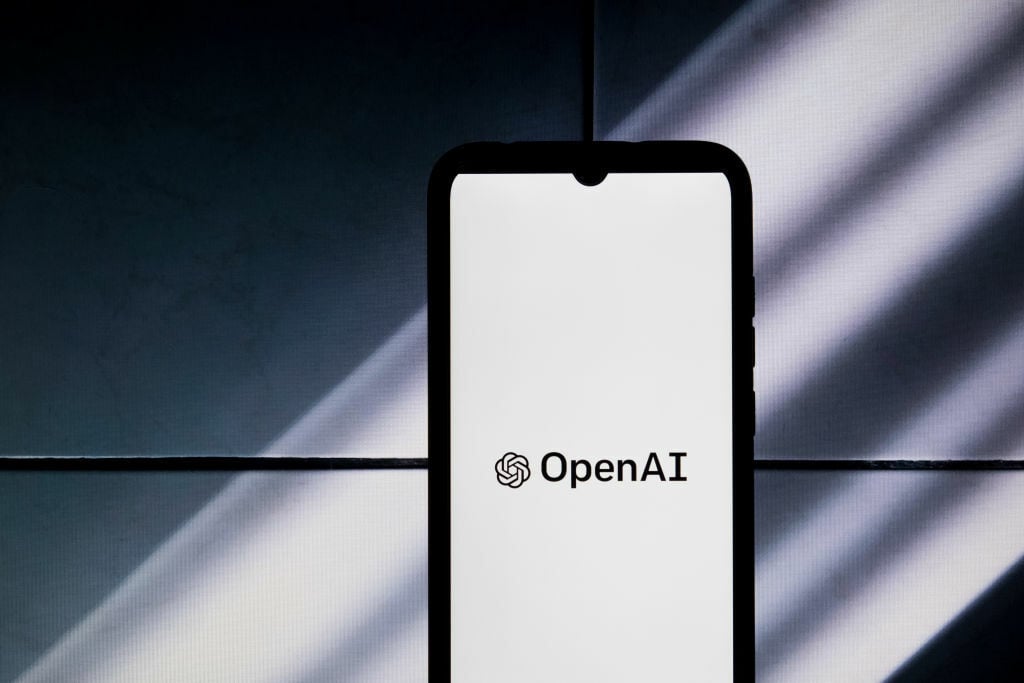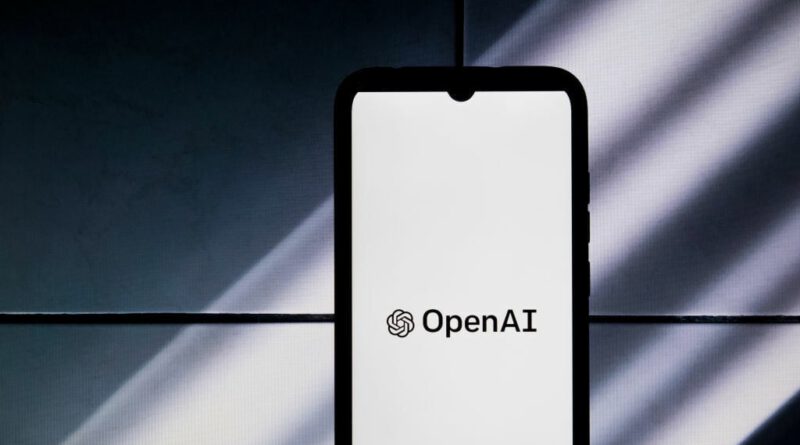OpenAI announces Sora, a wild AI text-to-video model. See it in action.

First text, then images, now OpenAI has a model for generating videos.
On Thursday, the makers of ChatGPT and DALL-E announced Sora, a text-to-video diffusion model. As of today, Sora is available to red teamers, or experts who adversarially test the model for harms and risks. Per the announcement, it is also available to a select group or visual artists, designers, and filmmakers “to gain feedback on how to advance the model to be most helpful for creative professionals.”
OpenAI has been developing generative AI tools at breakneck pace ever since it launched ChatGPT in November, 2022. Since then, we’ve seen the release GPT-4, voice and image prompts, the new DALL-E 3 image model, all available via ChatGPT. OpenAI’s API has also had an exponential effect on the AI industry, by enabling companies and developers to create their own generative AI tools. Now, OpenAI is taking a major next step towards advancing AI capabilities with video generation.
There are other video generating models out there, but none that are able to produce realistic, complex videos like the ones Sora allegedly creates. Meta has a tool for making short video clips, and Google is working on its own text-to-video model, but it’s still in research phase.
With Sora, users can generate videos of up to one minute long, incorporating detailed scenes and multiple characters. The announcement includes clips of a video following an SUV along a winding mountain road and “historical” footage of California during the gold rush era.
Now for the safety fine print. Aside from red-teaming the model, OpenAI says its building tools to label Sora-created videos as such, with C2PA guidelines. It is also using existing safety methods applied to DALL-E that reject inappropriate or harmful text prompts.
Lastly, OpenAI says it will be “engaging policymakers, educators and artists around the world to understand their concerns and to identify positive use cases for this new technology.” The company believes the best way to learn all the beneficial and harmful ways people will use Sora is by “learning from real-world use is a critical component of creating and releasing increasingly safe AI systems over time.”
